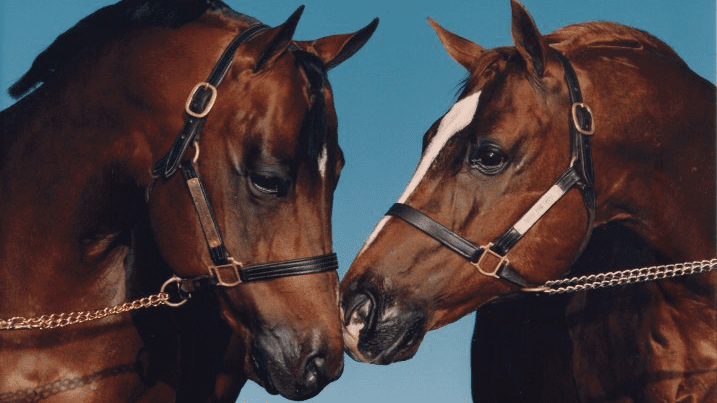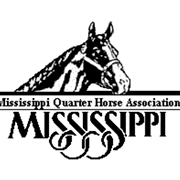Part 1: Then
Western pleasure has been one of the most discussed classes in AQHA. From the peanut-pushers to the well-mannered Zippo Pine Bar bloodline, this debatable event has been through a significant evolution. It all started with an idea for a fundamental class where young horses and riders could get their feet wet in the arena.
At one point, there were no flashy jackets or spur-stops; they had basic training styles with solid show ring methods. We take a look back with the perspective of three successful horsemen who have seen the western pleasure industry change throughout the years and bloom into the classes we know and see today.
Mike Carter, trainer and judge for over 40 years who has shown World and Congress Champions with a NSBA High Point Open rider in 2000; Gary Trubee, judge and horse trainer, who is in the NSBA Hall of Fame with over 25 Congress Champion and Reserve Champion awards; and Steve Heckaman, horse business professional with 19 Congress Championships, have provided us with their wisdom about western pleasure then verses now.
Attire
The m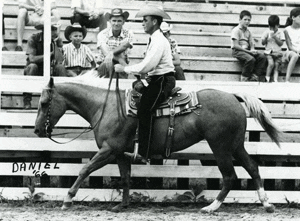 ore straightforward, the better was the philosophy back before the mid-’90s. Men that competed in western pleasure primarily wore plane, white button-ups with blue jeans and chaps. Their hats were less creased, and their boots less polished. They gave off that good-ole-cowboy vibe to present their hard work that was put into their mount.
ore straightforward, the better was the philosophy back before the mid-’90s. Men that competed in western pleasure primarily wore plane, white button-ups with blue jeans and chaps. Their hats were less creased, and their boots less polished. They gave off that good-ole-cowboy vibe to present their hard work that was put into their mount.
Women dressed in similar clothing except for earrings and an occasional splash of color. Riders were more concerned about the performance of their horse than the style of their clothing. Just like any fashion, trends come and go.
Breeding
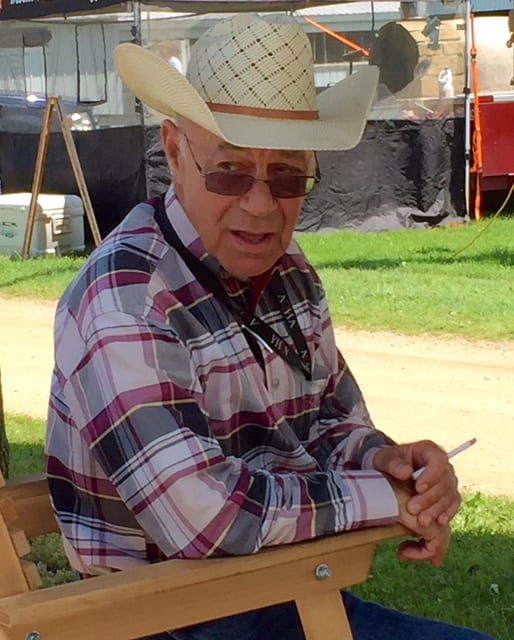 A great pleasure horse starts with the bloodline. “Then, it was just horses, said Gary Trubee (pictured left) with regard to how horse breeding was viewed before the ’80s. He explains that there were no concentrated techniques to help ensure that perfect pleasure horse outcome in a foal. It was more about opinions and luck than science. Genetic technological advancements did not come until later. Although, it did seem as if horses lasted longer in those days, competing into their 20s. Regardless of their intentions, many breeders did still manage to produce world-class foals in breeding their operations during this time.
A great pleasure horse starts with the bloodline. “Then, it was just horses, said Gary Trubee (pictured left) with regard to how horse breeding was viewed before the ’80s. He explains that there were no concentrated techniques to help ensure that perfect pleasure horse outcome in a foal. It was more about opinions and luck than science. Genetic technological advancements did not come until later. Although, it did seem as if horses lasted longer in those days, competing into their 20s. Regardless of their intentions, many breeders did still manage to produce world-class foals in breeding their operations during this time.
Training
There are many differences between the way trainers develop a show horse now versus then. “Then, they were transportation and later made to show,” Trubee says. Heckaman explains this by saying, “In the ’80s, there wasn’t good technology, and we had few advancements. There was a lot of finger-crossing involved.”
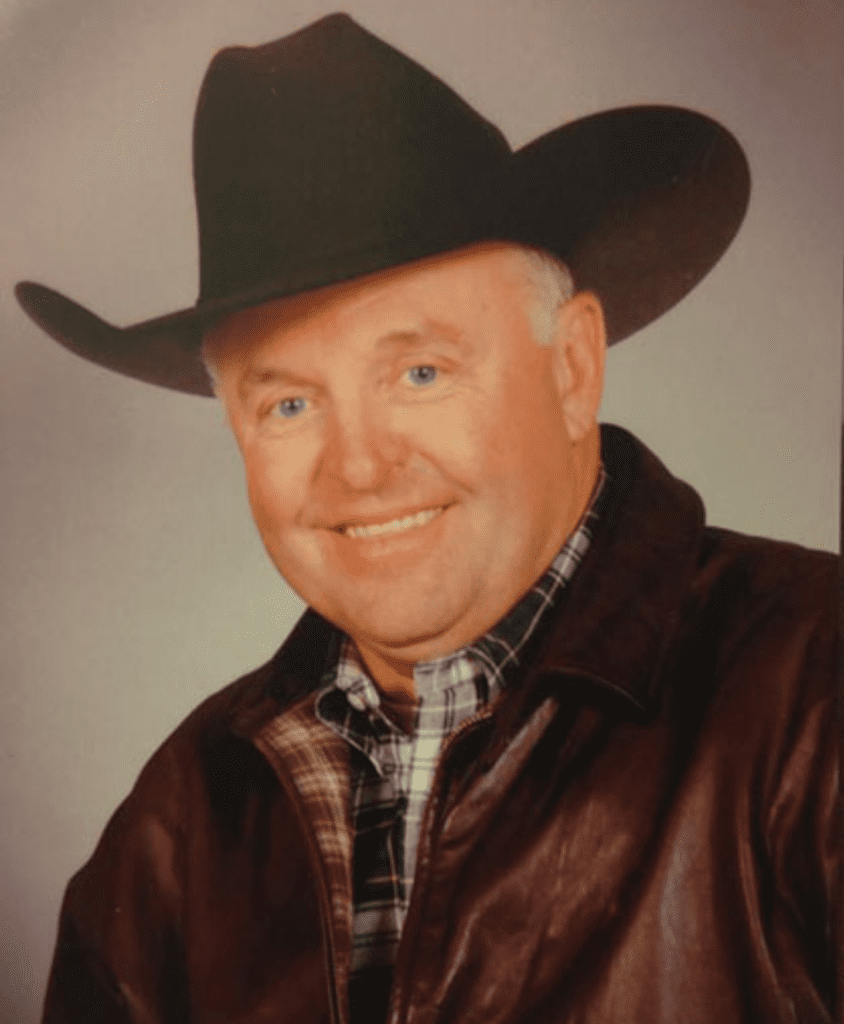 Horses were not as well-mannered, and these trainers had to simply tire the animals to get them to perform as wanted. It was a more laboring process but also less complicated. Another aspect of comparing training methods is that before the 2000s, horses were not started as early in their show careers.
Horses were not as well-mannered, and these trainers had to simply tire the animals to get them to perform as wanted. It was a more laboring process but also less complicated. Another aspect of comparing training methods is that before the 2000s, horses were not started as early in their show careers.
The amount of stress that was put on a two-year-old did not exist. “I found that if they liked the job, it was not needed to start them in their 2s,” said Trubee. This might have been a significant factor in why horses lasted longer back then, as they could grow and develop more correctly. Carter (pictured right) states, “Starting early is tough on a foal.”
Movement
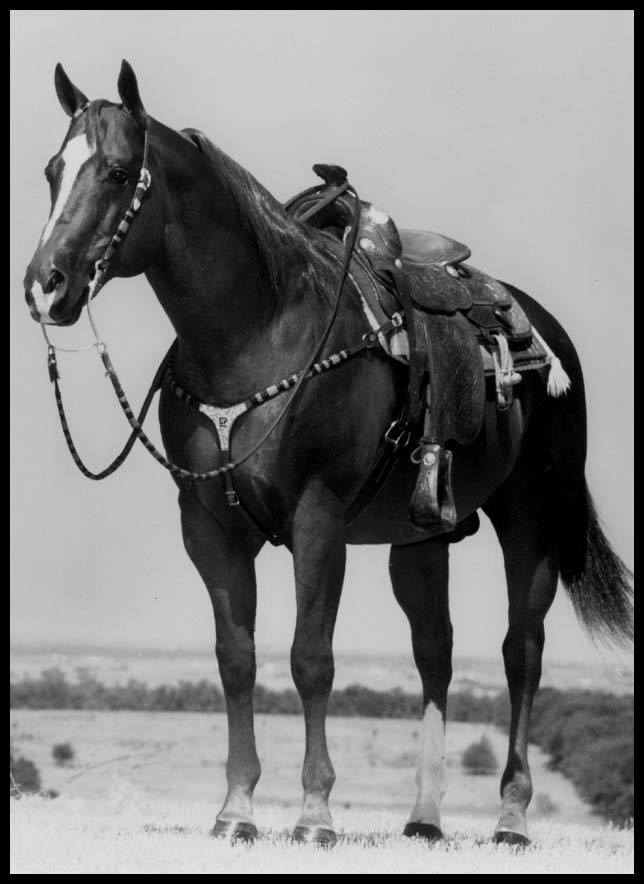 One of the main contrasting factors of western pleasure horses from the prior standards until now is their movement. The natural movement was the trend when Gary Trubee, Steve Heckaman, and Mike Carter started to influence AQHA. The horse’s heads did not drop below level; they had an adequate amount of speed, their bodies were parallel to the rail, and their expressions were mainly pleasant.
One of the main contrasting factors of western pleasure horses from the prior standards until now is their movement. The natural movement was the trend when Gary Trubee, Steve Heckaman, and Mike Carter started to influence AQHA. The horse’s heads did not drop below level; they had an adequate amount of speed, their bodies were parallel to the rail, and their expressions were mainly pleasant.
“Horses should lope the same as if you were to see them free in a pasture,” Carter said. We also see that these now older horses had more impulsion and drive from their hindquarters, traveling on a longer, freer stride. Riders did not have as much control over these horses, but many people prefer this type of movement over today’s style. Although Trubee states that the complaints of western pleasure are just in a cycle and that it is “absolutely nothing new.”
Judges
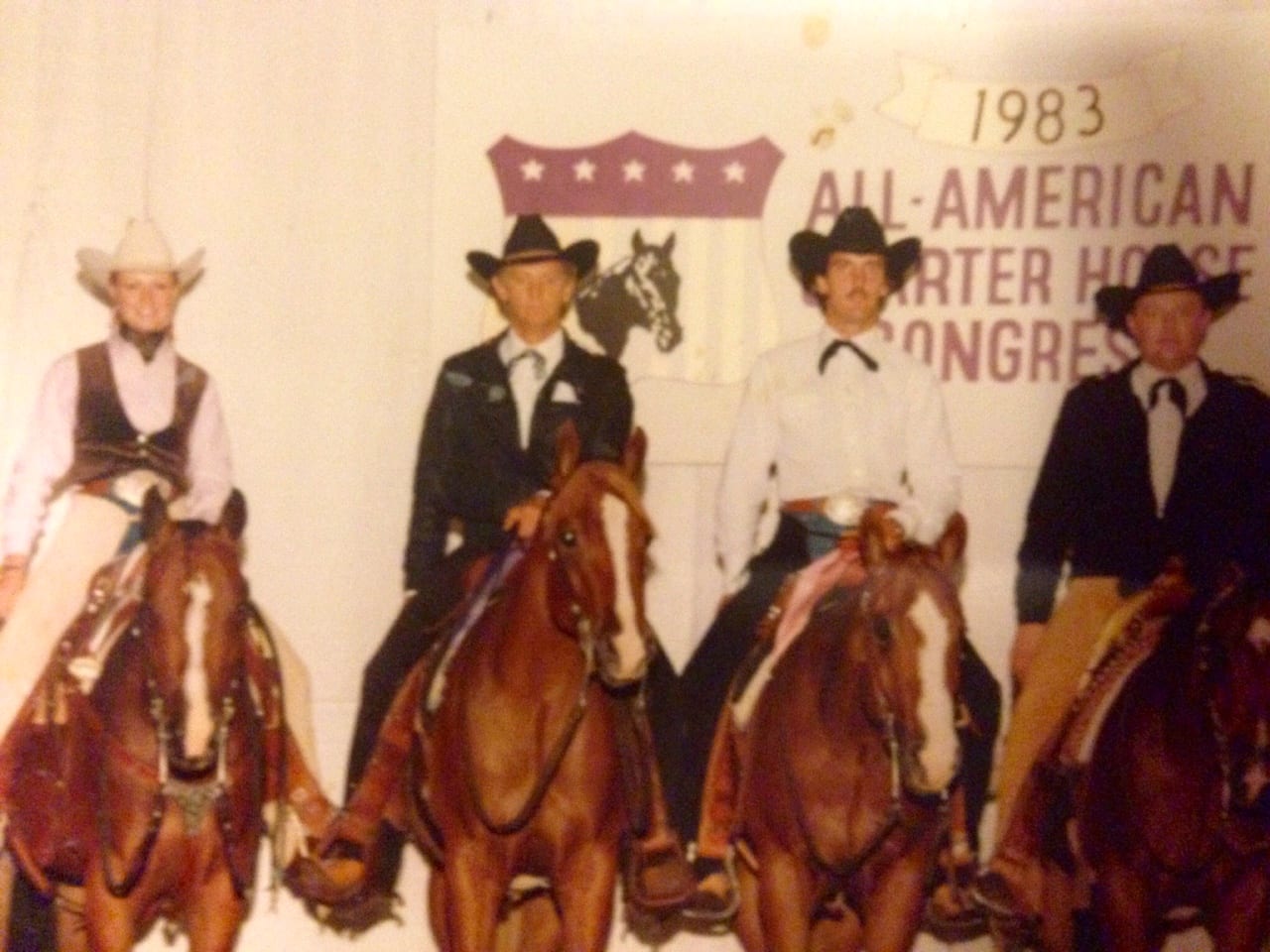 The deciding factor of all the hard work and long hours that are put into a show season are the judges. Before the ’90s, judges had a much easier job, explains Carter. “There was no math or paperwork involved,” he continues.
The deciding factor of all the hard work and long hours that are put into a show season are the judges. Before the ’90s, judges had a much easier job, explains Carter. “There was no math or paperwork involved,” he continues.
Before the association progressed, the rules were not as descriptive, and the content requirement was not as lengthy. A horse’s quality was not near what it is today, either. Carter says that a horse back then that competed in a large weekend AQHA show could not even participate in a 4-H event now. Yet, the class expanded from the basics that were set in those days.
To have a successful western pleasure career, effective tactics and dedication are a must. There are many components, from the bloodline to the rider, that are needed for a pleasure horse to be successful.
 “Trainers spend a countless amount of time breaking, teaching, and structuring them to be good citizens, preparing them not only for western pleasure, but for other classes such as western riding, trail, horsemanship, and so on,” said Heckaman (pictured left). Even though we might see a difference in today’s techniques, the groundwork that was laid back before the ’90s still exists and helps people involved in this partnered sport prosper. “It is an evolution,” stated Carter.
“Trainers spend a countless amount of time breaking, teaching, and structuring them to be good citizens, preparing them not only for western pleasure, but for other classes such as western riding, trail, horsemanship, and so on,” said Heckaman (pictured left). Even though we might see a difference in today’s techniques, the groundwork that was laid back before the ’90s still exists and helps people involved in this partnered sport prosper. “It is an evolution,” stated Carter.
Stay tuned for part two of “Western Pleasure Throughout the Years” when we will discuss pleasure in today’s arena with continued input from Steve Heckaman, Gary Trubee, and Mike Carter.


